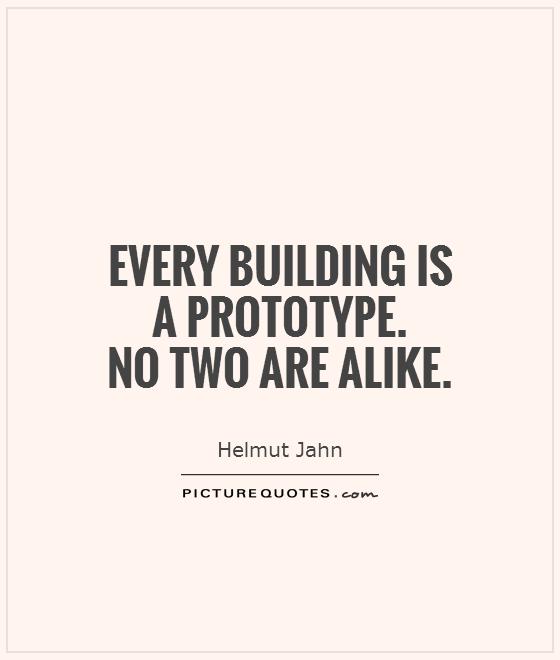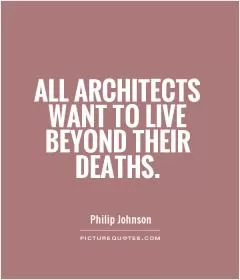Every building is a prototype. No two are alike

Every building is a prototype. No two are alike
Helmut Jahn, a renowned German-American architect, once famously said, “Every building is a prototype. No two are alike.” This statement encapsulates the essence of his design philosophy and approach to architecture. Jahn believed that each building should be a unique creation, tailored to its specific context, purpose, and users. He rejected the idea of cookie-cutter designs and instead embraced the idea of innovation, creativity, and individuality in his work.Jahn’s words highlight the importance of originality and creativity in architecture. He believed that buildings should not be mass-produced or replicated, but rather should be one-of-a-kind creations that reflect the vision and values of their creators. By treating each building as a prototype, Jahn emphasized the need for architects to push boundaries, challenge conventions, and explore new possibilities in design.
Jahn’s own work exemplifies his belief in the uniqueness of each building. Throughout his career, he designed a wide range of projects, from office buildings and airports to museums and residential complexes. Each of his designs was distinct and innovative, showcasing his ability to think outside the box and create buildings that were both functional and visually striking.
One of Jahn’s most famous projects is the Sony Center in Berlin, Germany. This iconic complex features a striking glass roof and a series of interconnected buildings that house offices, shops, restaurants, and a movie theater. The design of the Sony Center reflects Jahn’s commitment to creating dynamic, modern spaces that respond to the needs of their users while also making a bold architectural statement.












 Friendship Quotes
Friendship Quotes Love Quotes
Love Quotes Life Quotes
Life Quotes Funny Quotes
Funny Quotes Motivational Quotes
Motivational Quotes Inspirational Quotes
Inspirational Quotes